7 things you should never clean with white vinegar
These are the things you should never (ever!) clean with white vinegar
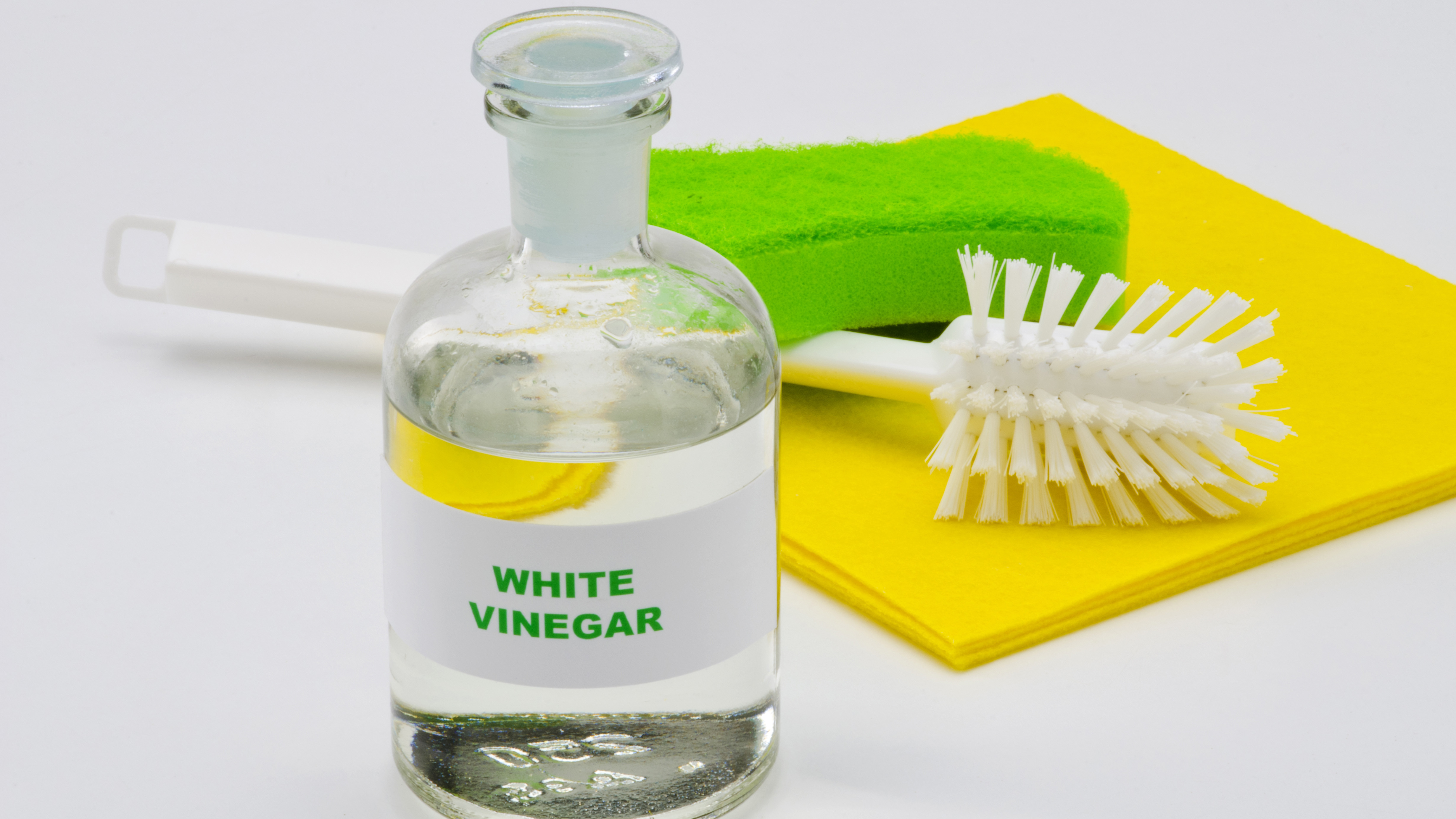
When it comes to cleaning your home, distilled white vinegar has a great many uses. It can effectively dissolve grease and grime, which means it’s a handy window cleaner. Plus it descales quickly, which gives it all kinds of uses in the bathroom. When combined with baking soda, a chemical reaction occurs which can help unclog drains as well as clean a burnt pot. It's a convenient cleaner to say the least, which is why we always recommend keeping a bottle in the kitchen cupboard.
However, distilled white vinegar is by no means an all-purpose cleaner. Because of its acidic properties, there are certain surfaces where it can actually cause damage on application. So this all-natural cleaner is not always as harmless as you might think. If you’re keen to learn where you shouldn’t use white vinegar, and what to use instead, we’ve listed some of the biggest mistakes here. Here are 7 things you should never clean with white vinegar.
Also, be sure to check out 7 ways you didn’t know you could use steel wool. Ever wondered which is better at cleaning, vinegar vs baking soda? We've got the answer.
1. Marble and granite countertops/tiles

The acidity of vinegar can etch or wear away at natural stone surfaces. This can cause discoloration to the finish, and ruin its smooth and shiny appearance. What’s more, marble, granite or any other natural stone are expensive materials, so repairing any damage can be costly.
The best way to keep your marble and granite tops sparkling is to use dish soap and warm water. You can’t go wrong!
But apart from inside, white vinegar should be avoided outside, especially when cleaning your patio as it can damage the surface of hard landscaping.
2. Waxed furniture
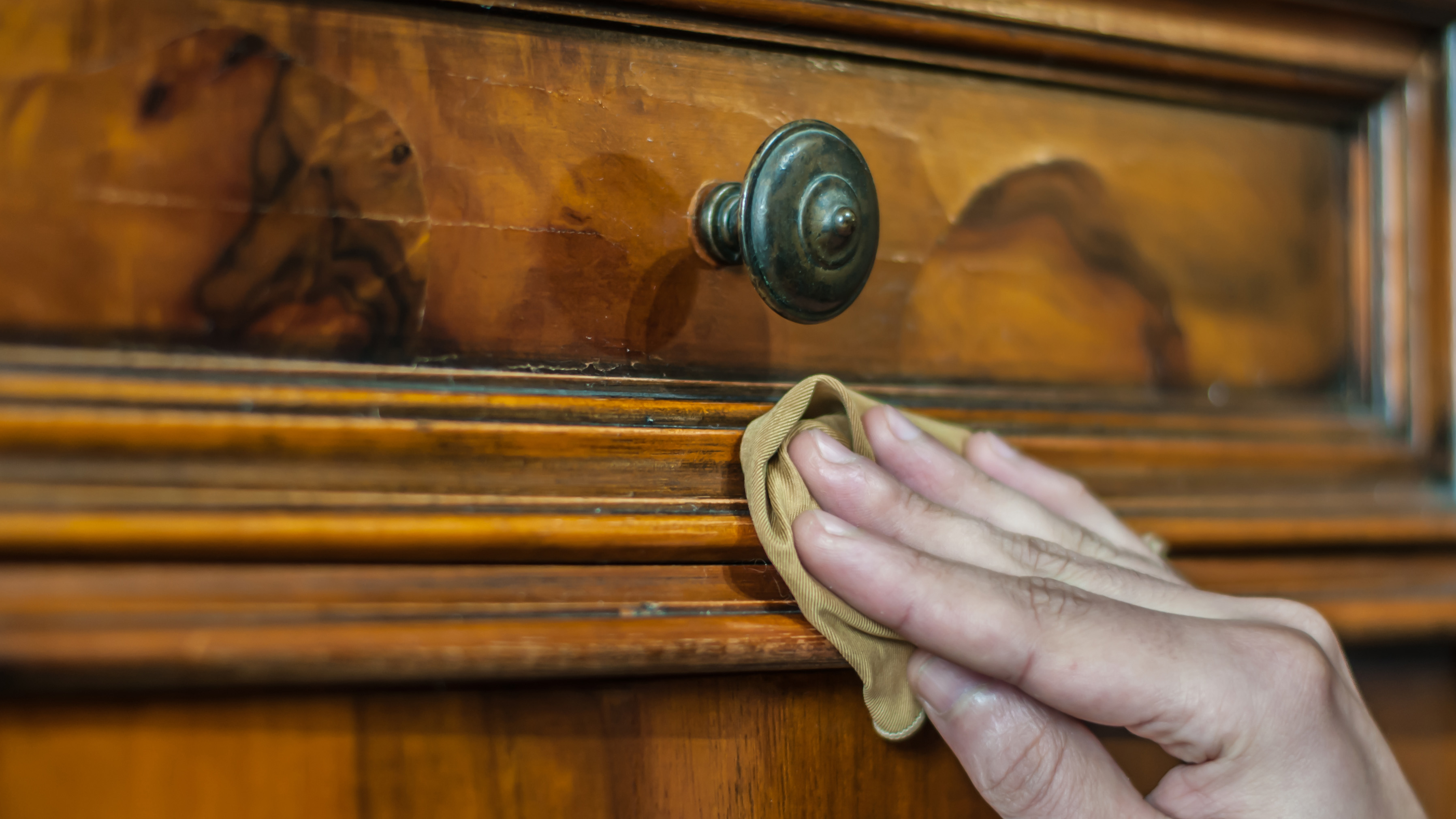
Similarly, if you often use white vinegar to clean waxed or varnished furniture, it will wear away the shiny surface. Although many cleaning hacks suggest vinegar to clean furniture and dining tables, just be mindful of the type of surface. If in doubt, you can buy a formulated wood cleaner like this Therapy Furniture Polish & Wood Cleaner Kit ($19.95, Amazon) to get your furniture in top form.
Get instant access to breaking news, the hottest reviews, great deals and helpful tips.
3. Hardwood floors
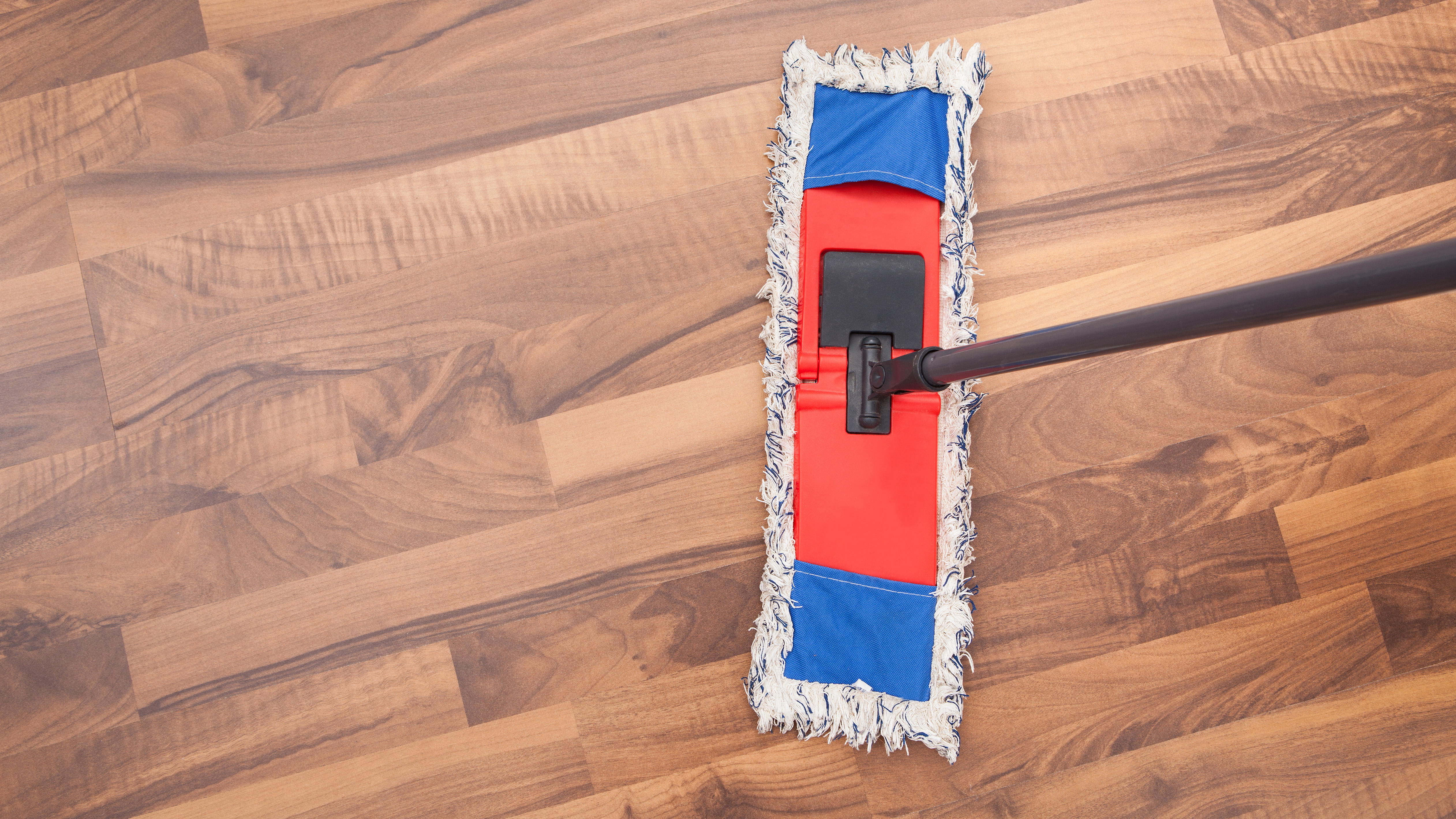
The acidity in white vinegar can cause damage to hardwood floors, and strip the shiny surface. This is one of the 7 kitchen cleaning mistakes you’re making right now. Instead, use a gentle cleaner like warm soapy water to maintain your beautiful hardwood flooring. Remember not to soak the floor or leave too much moisture on hardwood as this can warp the floor over time. Alternatively, use a specific hardwood floor cleaner such as Rejuvenate Professional Wood Floor Restorer and Polish ($19.98, Amazon) to protect your flooring. If you don't want to do the work yourself, check out our picks for the best robot mops.
4. Kitchen knives

If you have stains on your fancy set of knives, avoid using white vinegar to clean them. The acidic content can corrode the metal blades and dull knife edges. The best way to maintain your kitchen knives is to simply wash with soap and warm water before thoroughly drying.
5. Egg stains
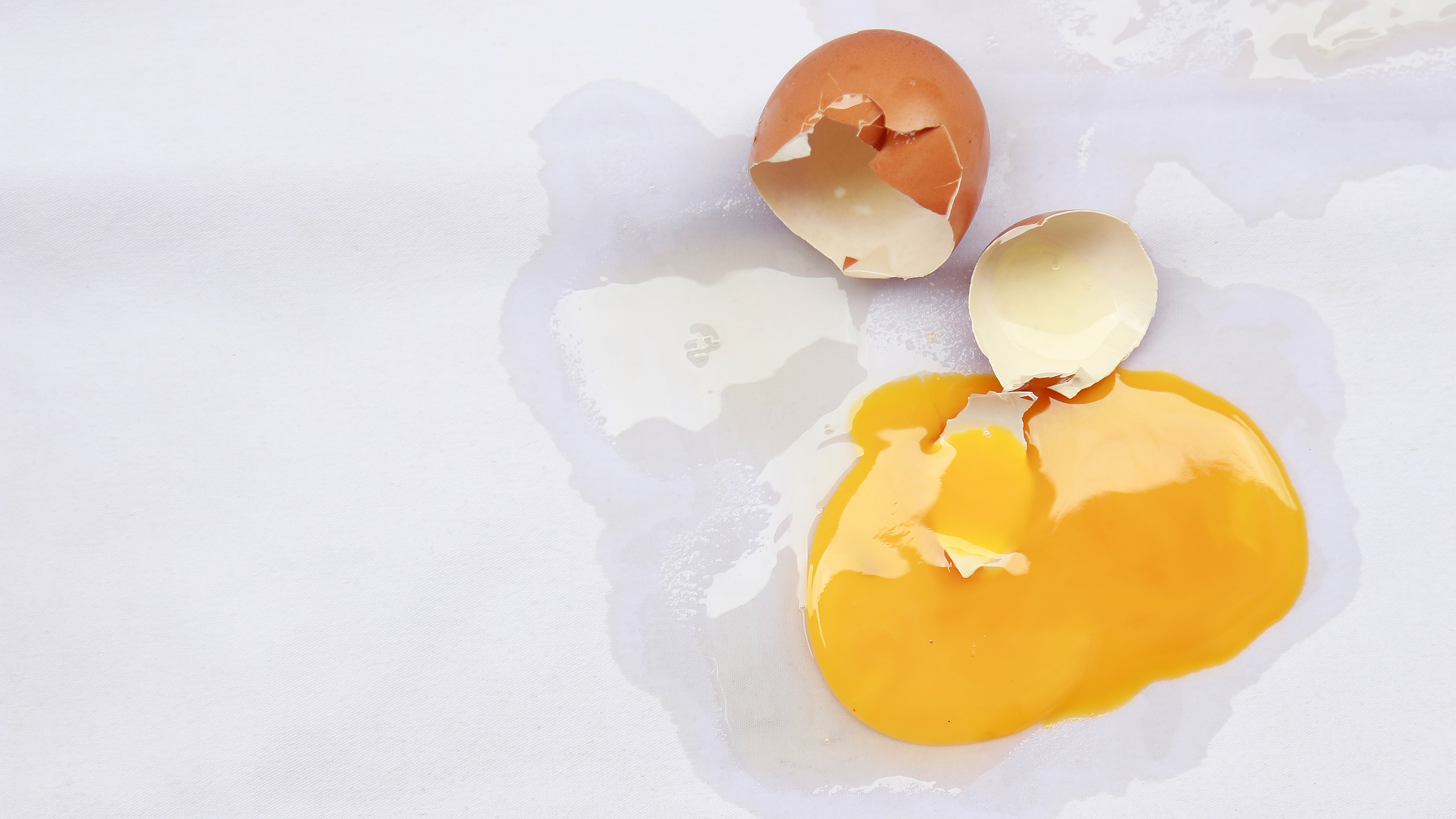
Although white vinegar is given much credit for removing tough stains, egg stains isn’t one of them. The acidity of the vinegar will only stiffen the egg (much like adding vinegar to water to poach eggs), making it more difficult to remove.
The best way to safely remove an egg stain is to mix a solution of two teaspoons of liquid dish soap in two cups of cool water. Then, dip a sponge, white cloth or soft-bristled brush in the solution and work into the stain. Once the stain is lifted out, blot with a clean, damp cloth or paper towel.
6. Computer and phone screens
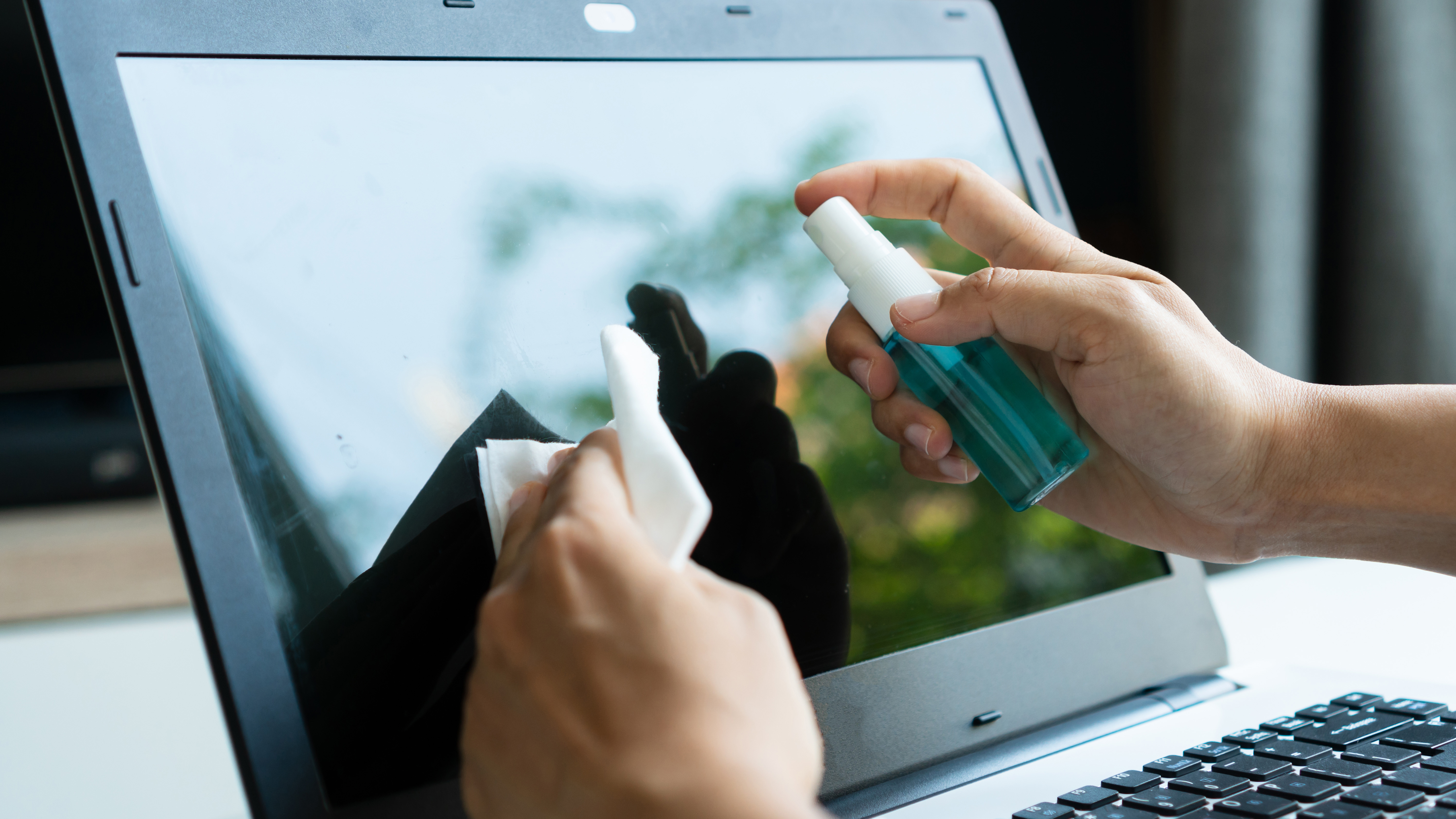
While it may be tempting to use white vinegar to get a shiny and mark-free screen, it’s a bad idea. Vinegar will only strip off the protective coating of the screen and should not be used on electronic devices. Instead, use microfiber cloths to wipe away any dust particles or dirt. You can also buy specially formulated cleaners such as Eveo Screen Cleaner Spray ($19.97, Amazon) for spotless screens.
7. Rubber items
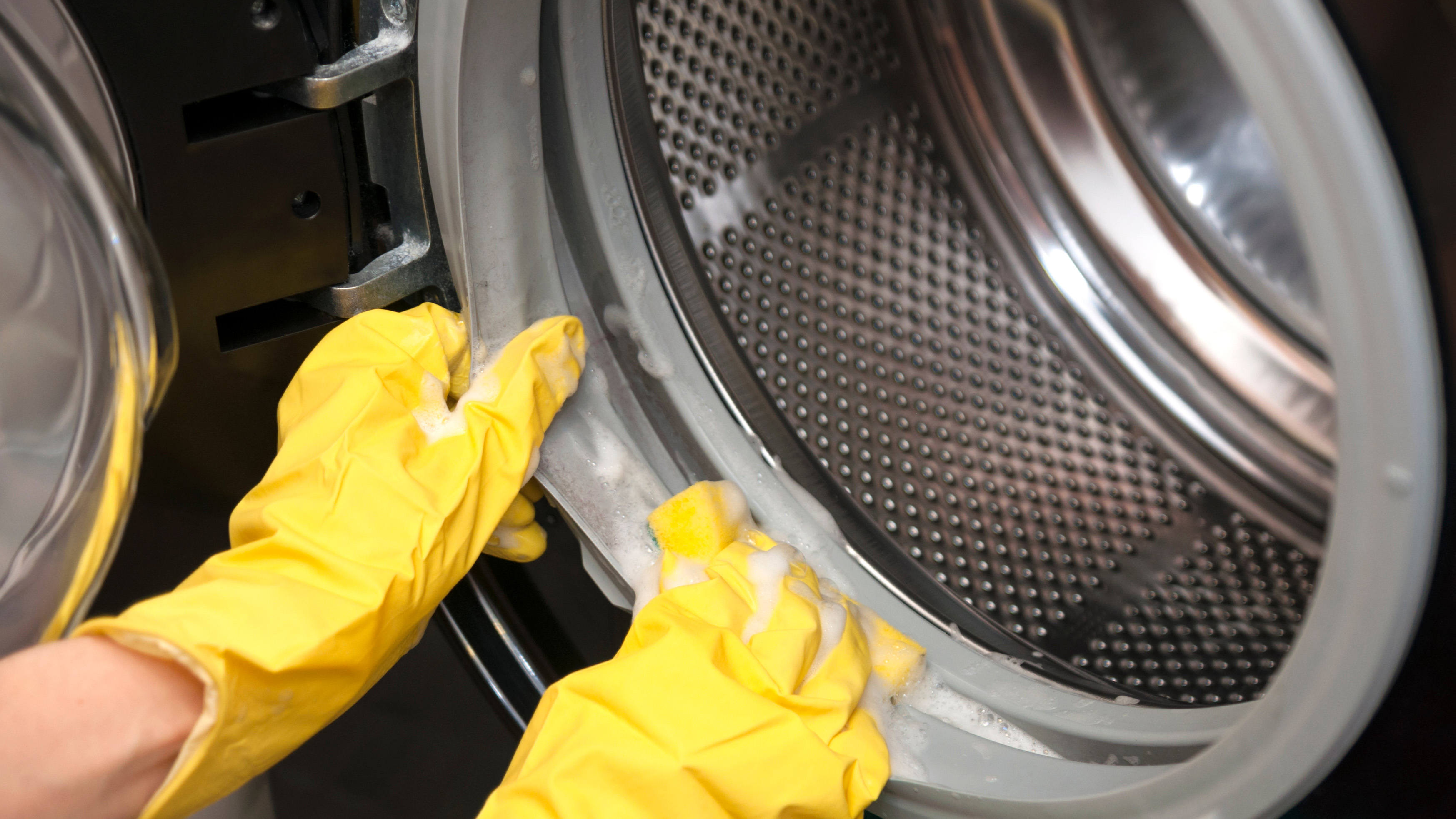
Whether it’s the rubber found inside your washing machine, fridge or any other item, avoid cleaning with white vinegar. The strong acidity of white vinegar can wear down the rubber, causing the material to degrade over time. Instead, the safest way to deep clean or deodorize rubber is simply soapy water or a solution of warm water and baking soda.
If any of this surprises you, here are 10 things you didn’t know you could clean with baking soda for a spotless home. And take a look at our guide on 9 tips and tricks to cut your cleaning time in half.

As the Homes Content Editor, Cynthia Lawrence covers all things homes, interior decorating, and garden-related. She has a wealth of editorial experience testing the latest, ‘must-have’ home appliances, writing buying guides and the handy ‘how to’ features.
Her work has been published in various titles including, T3, Top Ten Reviews, Ideal Home, Real Homes, Livingetc. and House Beautiful, amongst many.
With a rather unhealthy obsession for all things homes and interiors, she also has an interior design blog for style inspiration and savvy storage solutions (get rid of that clutter!). When she’s not testing cool products, she’ll be searching online for more decor ideas to spruce up her family home or looking for a great bargain!
